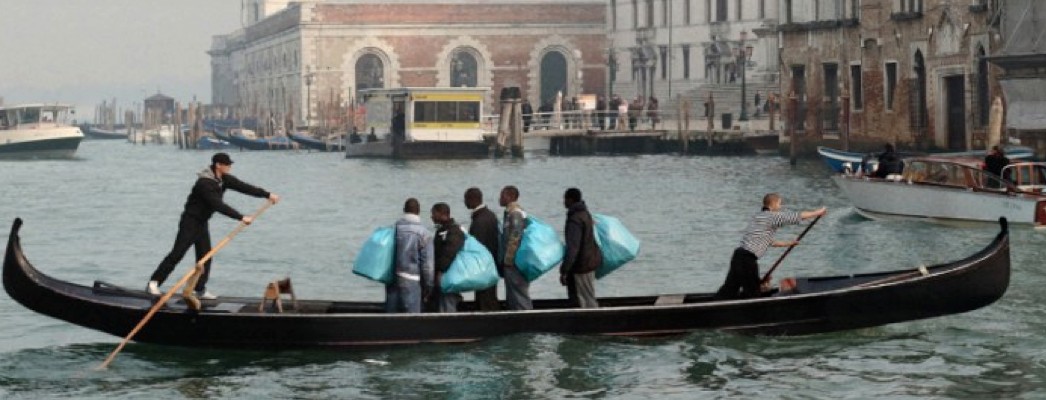
The article starts with the exploration of Venice from Baudrillard’s influential notion of the orders of ‚simulacra’ (1). Following his line of thought it develops the theoretical approach of the ‘archipelago’ in the context of globalization, both the movement of tourists and migrants. In Venice, the ‚Archipelago of the Other’ is manifested in the ‚city as fragments’, micro-environments of global circuits, each of which establishes its own identity, time, rules, and aesthetics – its own atmospheres. In particular it defines the case of a religious brotherhood coming from Senegal, the Murid. Finally, the paper proposes an intercontextual theory of hybridity, which comprehends global cultural dynamics by articulating hybridity based on the analysis of the Murid images of Venice. The intensification of the flows of images, people, money and information that cross the Mediterranean Sea has a deep impact on the cultural, social and economic identities of the populations that inhabit and navigate this area of the world.
